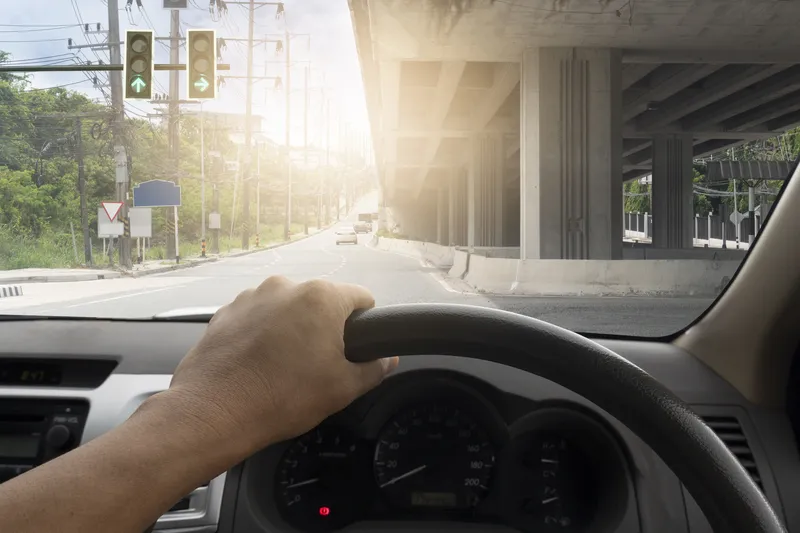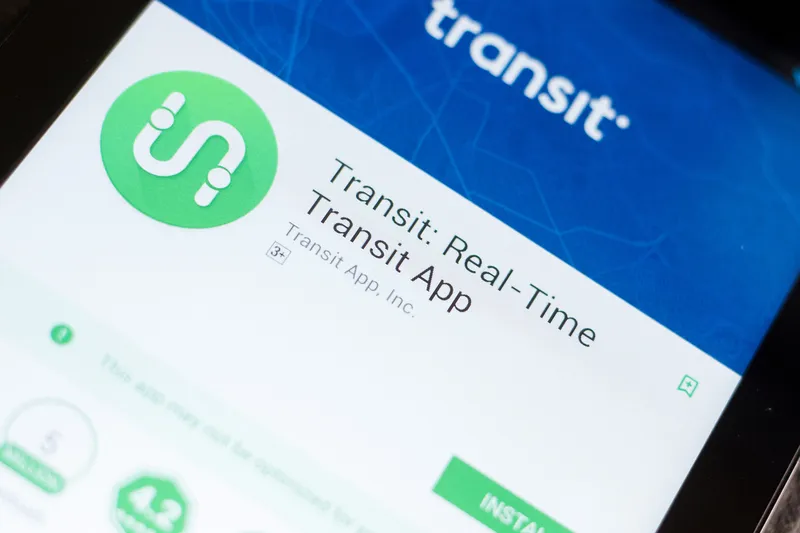Google is to pair transit directions with bike- and ride-share options within Google Maps in a bid to improve first and last mile journeys.
Google says users will be able to enter their destination in the search box, tap ‘Directions’ to see routes that feature ride-share and cycling options paired with transit directions. For ride-sharing, individuals can view information on how much the ride will cost, waiting time, traffic lights and an option to choose their favourite provider.
Cyclists will be able
September 3, 2019
Read time: 1 min
Google says users will be able to enter their destination in the search box, tap ‘Directions’ to see routes that feature ride-share and cycling options paired with transit directions. For ride-sharing, individuals can view information on how much the ride will cost, waiting time, traffic lights and an option to choose their favourite provider.
Cyclists will be able to view tailored routes with information on the transit portion of the journey, which is factored into the total travel time and estimated time of arrival, the company adds.










